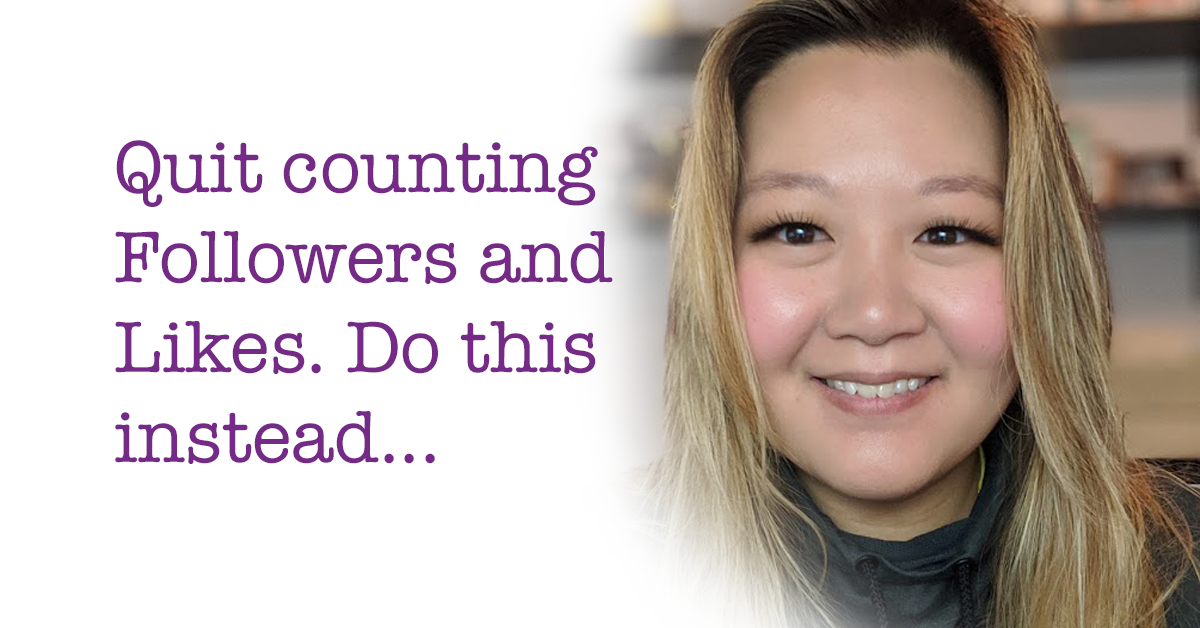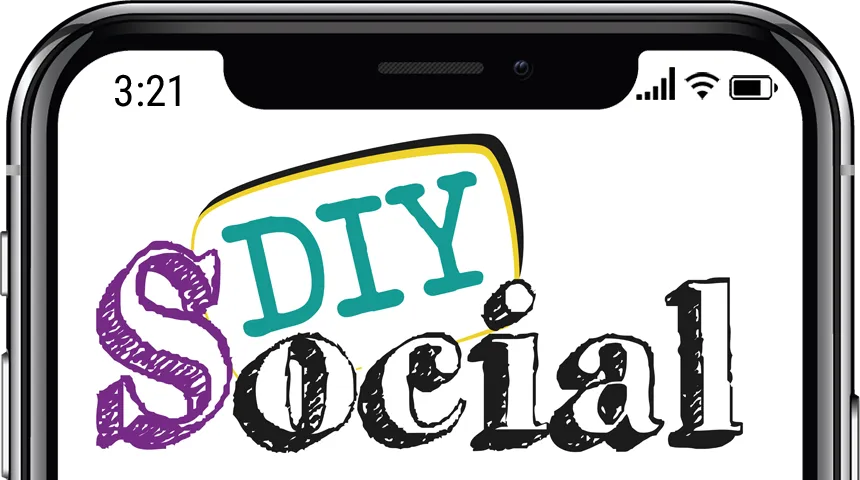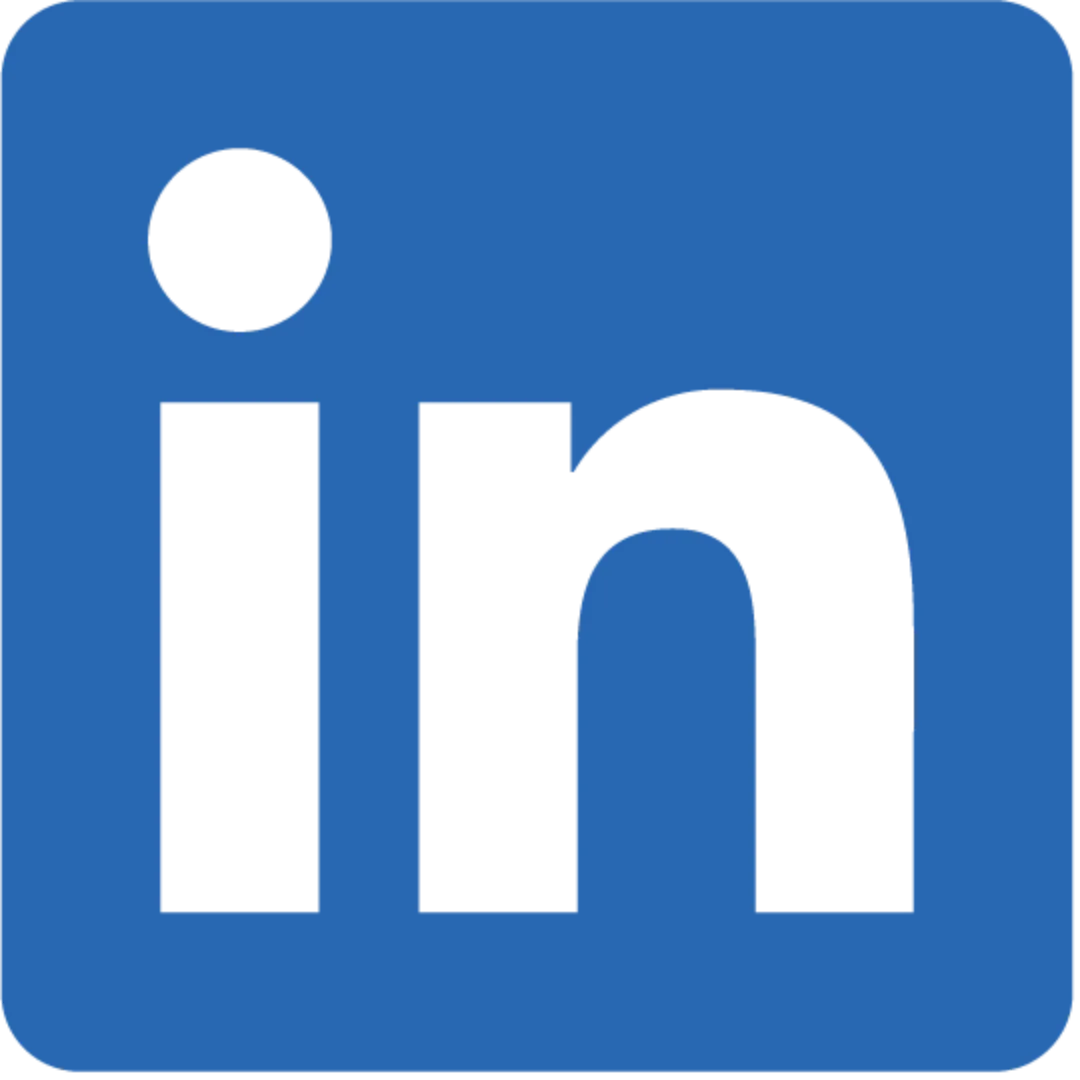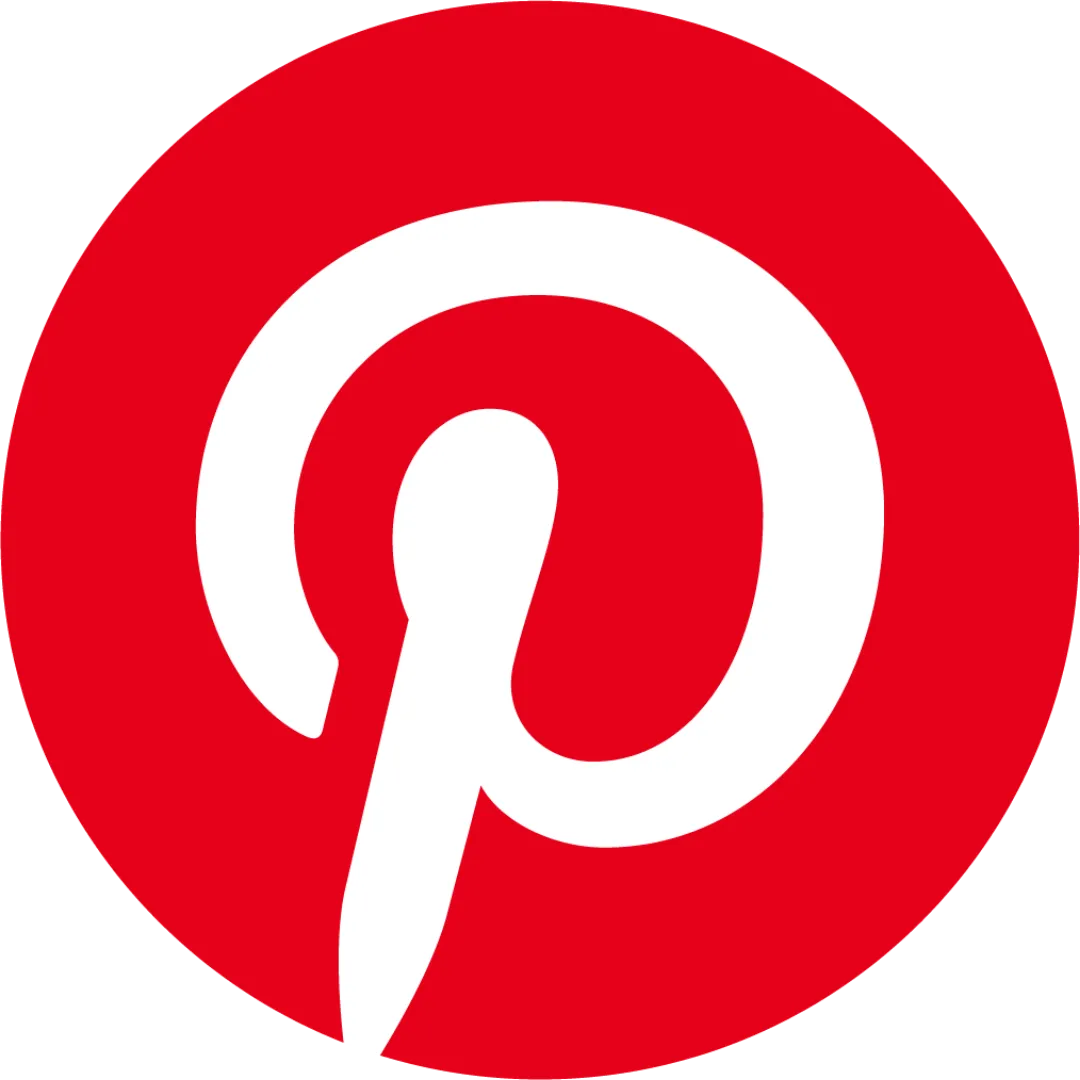Social Media Coaching and Consulting
Social Media Marketing

What is a social media coaching and consulting?
A social media marketing coach or consultant provides comprehensive training and mentorship to help you and your organization leverage the power of social media so you can build and grow your business!
A coach or consultant can address any roadblock that is standing in your way through training and support personalized for your business or team's needs. Sometimes, those things are tangible and easy to overcome through learning the technical use of available tools and tactics.
Sometimes, obstacles are emotional such as facing fears, self-doubt, or navigating through relationships.
Regardless, a coach or consultant can help reset your mindset, provide empowerment, and show you how to tie it all together, so you achieve your goals - on and offline.
Why would you want a social media marketing coach or consultant?
Having a professional on your side means you get a "shortcut" to results. Instead of spending numerous hours doing your own research and testing, you avoid many of the mistakes and costly errors by having an expert on your side. Through extensive knowledge and experience, a social media coach or consultant helps you learn the secrets of successful social media marketing, including how to craft compelling content, create effective campaigns, and measure the impact of your efforts.
The average Social Media Marketing Manager enjoys staying at their job for 1 to 2 years.
There are over 61,443 Social Media Managers in the United States.
The predicted job growth for Social Media Managers is 10% by 2026.
How can Social Jargn help?
We offer social media marketing coaching and consulting to solopreneurs, businesses, marketing teams, and nonprofit organizations!
Entrepreneurs and companies of all shapes and sizes can take advantage of private coaching and consulting services. The final plan of action is customized to your business objectives, the needs of your team, and what you hope to accomplish.
The second opportunity is the DIY Social Community. DIY Social is an online group coaching program where . Solopreneurs are business owners who are wearing all the hats, or at least most of them, until they are ready to start building their team.
We offer team training and consulting opportunities for organizations, businesses, and nonprofits who have an internal marketing team (or several individuals who work on marketing projects) and would like to learn how they can improve and magnify their social media efforts.
Done For You
Done For You is exactly as it sounds. Consider Social Jargn your organization's marketing department without the additional costs of overhead, recruiting, and training. From start to finish, Social Jargn takes care of each and every intricacy for your organization. Regular meetings are held to ensure consistency and synergy with your sales team and internal leadership - this keeps everyone on the same page allowing for the best possible results! You remain the property owner for any digital assets created, meaning any intellectual property is yours to use at your discrecion. Services are available on a month to month basis, giving you the flexibility to add or remove projects as they fit your sales strategy and financial budget.
Done With You
Done With You plans are a hybrid between the Do It Yourself option and Done For You services. This tier is for entrepreneurs and business professionals who are looking to keep hands-on with their content and marketing, but need the routine tasks off their plate. For example, you may want consistent posting to be sent out on your social media accounts but prefer to handle comments and messages on your own. Or, you are recording your video footage and need someone to make the edits for you. Perhaps you have a podcast and would like the audio transcribed and reposted on your blog. We work in tandem and Social Jargn fills in the gaps you need so nothing is missed!
Do It Yourself
Sometimes, business owners are unable to hire a service to handle their marketing, social media, website maintenance, etc. but when they get stuck, they need someone to turn to! DIYers benefit from the Social Jargn community where learning is self-paced and questions are answered in video replies and click-by-click walkthroughs. For more in-depth hurdles, private virtual appointments are also available for guidance and troubleshooting.
Contact Us

Why Likes and Follows Don't Matter
Why Likes and Follows Don’t Matter

“Back in the day”, the big goal was to get as many Facebook Page Likes and Twitter Followers you could. These were the key metric businesses and organizations using social media were after. When Pages first launched on Facebook, you needed 25 Likes to unlock analytics and your vanity URL. The number would eventually change to 35 and then 50. So these were goals for organizations to achieve as they were launching a new Page.
However, social media has continued to evolve and the algorithms have significantly changed. As more users begin to join social media platforms, the companies behind them are battling the challenge of all the data and how to deliver it to users of the platform. As a solution, algorithms are programmed to deliver the content users are most likely to interact and engage with – versus giving you everything the accounts you follow are publishing. This means the strategy for companies needs to change to be more community-driven and the importance of intriguing and compelling content should be the main focus for businesses, not the number of Likes, Followers, or Subscribers your accounts have.
Don’t misunderstand this for certain metrics required to unlock features on the platforms. For example, YouTube requires 100 subscribers before a channel can unlock a vanity URL and 1,000 before a channel is eligible for monetization options. However, once these benchmarks have been reached the number of subscribers should no longer be a priority.
On Facebook, for example, the algorithm is doing to show content that it believes a user is most interested in based upon previous interactions on the platform. They do this to keep you on their site for longer periods of time and if they are able to give you the information and things you enjoy, the more likely you are to use their platforms. For example, if you interact with a lot of dog photos or cat videos on Facebook, their algorithm goes, “Hey! Ashley likes this kind of content the most so we are going to show her more of it to keep her on our platform.”
This goes for content you may not care for as well – interact with a political post and you’ll start to see more of it in your feed than the dog or cat content.

Why is this important for businesses to know? Because this is how you should be developing your content! Leverage the algorithm on the platforms by publishing engaging, interesting content – but keep it relevant to your business. I wouldn’t want to talk about MyLittlePony just for the sake of MyLittlePony… but if MyLittlePony underwent a rebrand or an attention-grabbing social media campaign, then I would add it to my list of posts to share.
The fact is not everyone who likes your page is going to see your posts – social media doesn’t work the same way an email newsletter does. You may have 20,000 Likes on your Facebook Page but if only 1,000 people engage with your content the other 19,000 probably won’t see it anyway. But… with great content, you’ll reach people who do and do not like your account.
In addition, each platform works a little differently. Which is why its so important for you to understand how each community interacts and functions. For example, as people interact with your posts through likes, reactions, shares, and comments on Facebook and LinkedIn, your content shows up in their friend’s news feeds and that is how you see your reach increase. This is what you want – eyeballs on your content. In comparison, Instagram and YouTube work a little differently in that as people interact, it doesn’t repopulate the feed the same way it does on Facebook. Instead, it shows up in top search results and services your content as “you may also be interested in.”
The moral of the story: focus on top quality content that users are likely to interact with and don’t worry about your Likes or Follower count. As they engage, the content will be seen by people who follow and do not follow your accounts, many times surpassing your account’s follower count anyway.

Why Likes and Follows Don't Matter
Why Likes and Follows Don’t Matter

“Back in the day”, the big goal was to get as many Facebook Page Likes and Twitter Followers you could. These were the key metric businesses and organizations using social media were after. When Pages first launched on Facebook, you needed 25 Likes to unlock analytics and your vanity URL. The number would eventually change to 35 and then 50. So these were goals for organizations to achieve as they were launching a new Page.
However, social media has continued to evolve and the algorithms have significantly changed. As more users begin to join social media platforms, the companies behind them are battling the challenge of all the data and how to deliver it to users of the platform. As a solution, algorithms are programmed to deliver the content users are most likely to interact and engage with – versus giving you everything the accounts you follow are publishing. This means the strategy for companies needs to change to be more community-driven and the importance of intriguing and compelling content should be the main focus for businesses, not the number of Likes, Followers, or Subscribers your accounts have.
Don’t misunderstand this for certain metrics required to unlock features on the platforms. For example, YouTube requires 100 subscribers before a channel can unlock a vanity URL and 1,000 before a channel is eligible for monetization options. However, once these benchmarks have been reached the number of subscribers should no longer be a priority.
On Facebook, for example, the algorithm is doing to show content that it believes a user is most interested in based upon previous interactions on the platform. They do this to keep you on their site for longer periods of time and if they are able to give you the information and things you enjoy, the more likely you are to use their platforms. For example, if you interact with a lot of dog photos or cat videos on Facebook, their algorithm goes, “Hey! Ashley likes this kind of content the most so we are going to show her more of it to keep her on our platform.”
This goes for content you may not care for as well – interact with a political post and you’ll start to see more of it in your feed than the dog or cat content.

Why is this important for businesses to know? Because this is how you should be developing your content! Leverage the algorithm on the platforms by publishing engaging, interesting content – but keep it relevant to your business. I wouldn’t want to talk about MyLittlePony just for the sake of MyLittlePony… but if MyLittlePony underwent a rebrand or an attention-grabbing social media campaign, then I would add it to my list of posts to share.
The fact is not everyone who likes your page is going to see your posts – social media doesn’t work the same way an email newsletter does. You may have 20,000 Likes on your Facebook Page but if only 1,000 people engage with your content the other 19,000 probably won’t see it anyway. But… with great content, you’ll reach people who do and do not like your account.
In addition, each platform works a little differently. Which is why its so important for you to understand how each community interacts and functions. For example, as people interact with your posts through likes, reactions, shares, and comments on Facebook and LinkedIn, your content shows up in their friend’s news feeds and that is how you see your reach increase. This is what you want – eyeballs on your content. In comparison, Instagram and YouTube work a little differently in that as people interact, it doesn’t repopulate the feed the same way it does on Facebook. Instead, it shows up in top search results and services your content as “you may also be interested in.”
The moral of the story: focus on top quality content that users are likely to interact with and don’t worry about your Likes or Follower count. As they engage, the content will be seen by people who follow and do not follow your accounts, many times surpassing your account’s follower count anyway.
© 2014 Social Jargn | Cookies Policy | Disclaimers | Privacy Policy | Terms of Service
© 2023 Social Jargn
Cookies Policy | Disclaimers
Privacy Policy | Terms of Service








